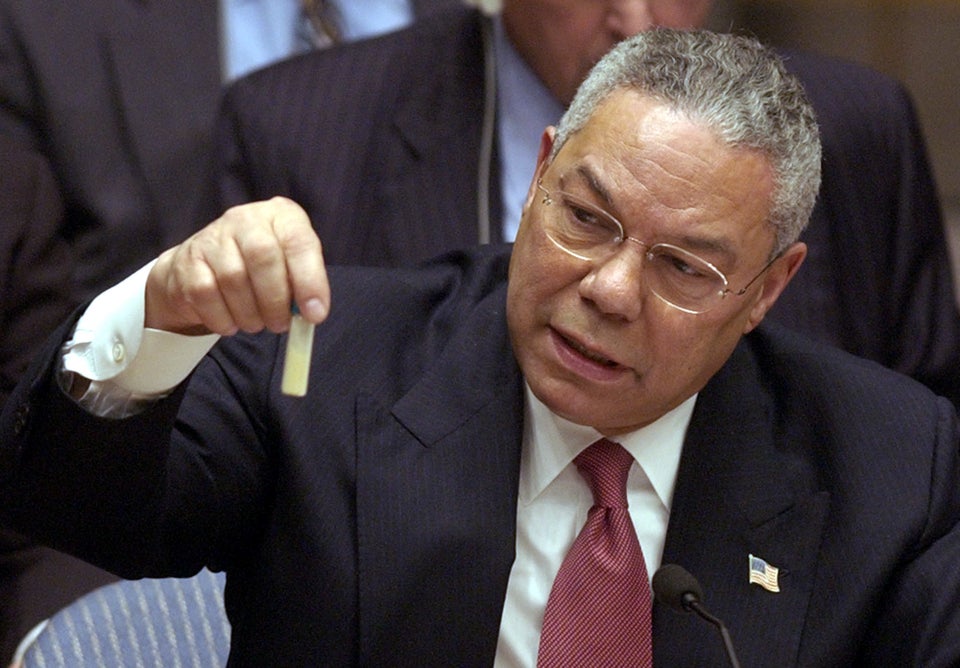WASHINGTON -- A New York Times report confirms that the U.S. government knew that an Iraqi facility now controlled by the Islamic State militant organization likely contained deadly chemical weapons -- a finding reported by The Huffington Post on Monday.
The Huffington Post's report suggesting that ISIS may have gained control of chemical weapons in Iraq was based on a report released Sunday by the Global Research in International Affairs Center at the Interdisciplinary Center in Herzliya, Israel. The center's analysis suggested that ISIS had used the weapons on Kurdish soldiers in the embattled Syrian region of Kobani over the summer, after capturing the massive former chemical weapons facility of Muthanna in Iraq in June.
The U.S. State Department said at the time of Muthanna's fall that the long-shuttered facility contained chemical weapons residue that ISIS would be unable to transport, much less use. A State Department spokesperson said Tuesday that the government was investigating claims that ISIS had used chemical weapons.
The analysis from The Times draws on interviews with American soldiers and previously unreleased government documents to show that the U.S. government has been aware that chemical weapons, intact or partially damaged and then repurposed, have been circulating in Iraq -- and harming soldiers -- since 2003. The newspaper confirmed U.S. soldiers had come across mustard shells at Muthanna in 2008, and said three Times journalists saw old chemical stocks there in 2013.
Six Marines were exposed to mustard at Muthanna on July 11, 2008, The Times reports. The Marines' exposure, as well as most other incidents of chemical agent exposure, were kept secret by the government throughout the Iraq war, according to the Times. Mustard is the agent the Global Research in International Affairs Center suggests ISIS used on Kurdish soldiers over the summer.
The Iraqi government meant to destroy chemical munitions remaining after the U.S. invasion, which the Times notes, originate not from the period when President George W. Bush claimed Iraq was producing weapons of mass destruction, but from earlier. The newspaper obtained a document showing that Iraq had plans to entomb the chemical residue in Muthanna in concrete.
But once Muthanna fell to ISIS in June, Iraq's ambassador to the United Nations submitted a letter telling the U.N. secretary general that efforts to deal with the remaining chemical materials there would have to be put on hold. He said his government would deal with those weapons "as soon as the security situation has improved and control of the facility has been regained."
For now, the facility and whatever weapons it contained remain part of the Islamic State's self-declared caliphate.
Click here to read more of The Times' report, an exploration of how "first, the American government did not find what it had been looking for at the war’s outset, then it failed to prepare its troops and medical corps for the aged weapons it did find."

